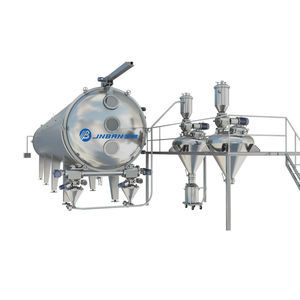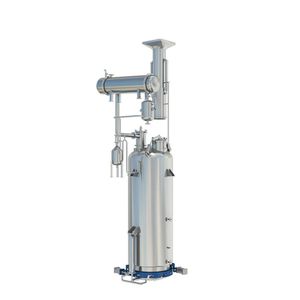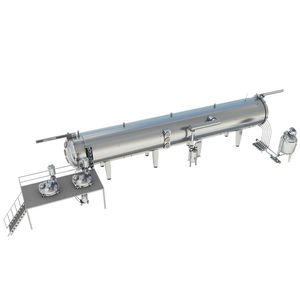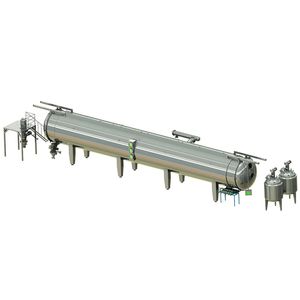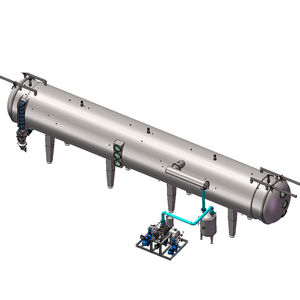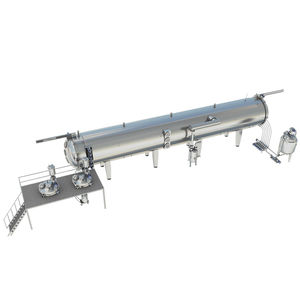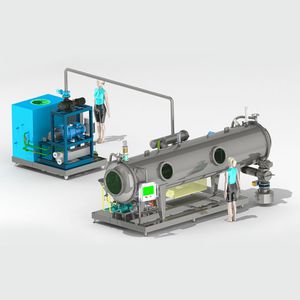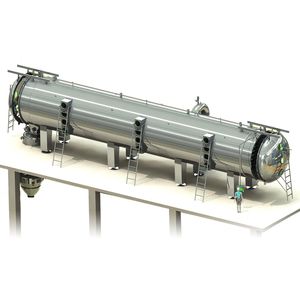
- Products
- Low-temperature drying unit
- Wenzhou Jinbang Light Ind Machinery Co., Ltd
- Company
- Products
- Catalogs
- News & Trends
- Exhibitions
Drying unit for the food industry BVDlow-temperature







Add to favorites
Compare this product
Characteristics
- Options
- for the food industry, low-temperature
Description
JNBAN Belt Vacuum Drying (BVD) is a method of continuously distributing liquid raw materials on a conveyor belt under vacuum conditions.The materials are dried with the conveyor belt on the heating plate, and then cooled, embrittled and pulverized. A low temperature drying method.
During the whole drying process, the extract is in a vacuum, closed environment, and the drying process is mild(operating temperature 30-135° C), which can maintain its physical properties to the maximum extent and obtain a high quality final product.
Since the material is gradually dried under a vacuum for a period of time, the particles obtained by drying have a certain degree of crystallization effect, and at the same time, there are micropores inside from the microscopic structure. After directly pulverizing to the required particle size, the flowability of the particles is very good, and it can be directly tableted or filled with mash, and the particles have good fast solubility.
operating temperature :30-135° C
Evaporation are(m²):7-211
Vacuum range(pa):1000-5000
Diameter (mm):1200-3000
Length(mm):7500-18000
Height(mm):2000-4900
Feed moisture content(%):20-80
Dry powder moisture content(%):0.5-5
Number of discharges:20-120
VIDEO
Catalogs
Vacuum Belt Dryer
7 Pages
Other Wenzhou Jinbang Light Ind Machinery Co., Ltd products
vacuum belt equipment and other products
*Prices are pre-tax. They exclude delivery charges and customs duties and do not include additional charges for installation or activation options. Prices are indicative only and may vary by country, with changes to the cost of raw materials and exchange rates.



